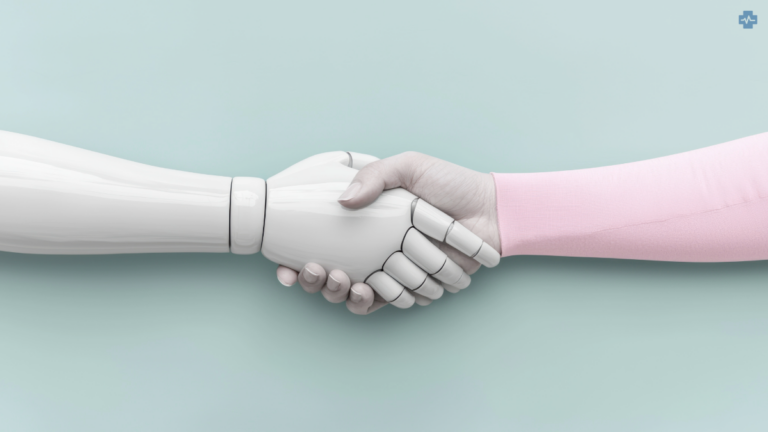Mental health problems are nothing new. Throughout the ages, poets, artists, writers and scientists have expressed the mental and emotional struggles which humans grapple with. What has changed, however, is how we deal with them.
A new AI application called Therabot is currently under trial and breaking news reports say that if results from the study of Therabot’s effectiveness are anything to go by, they could represent a ‘watershed moment’ in the advancement of AI. So who is Therabot, or rather, what is Therabot and what does Therabot do?
Therabot works on the model of a Chatbot, in that users are able to engage with it. Using generative AI, it initiates a conversation with the participant. Based on their responses, it engages with them in a discussion related to mood and emotions. Through interaction with Therabot, symptom-relief measures are provided.
A study conducted on 106 participants in the United States recently, verified how Chatbot, and specifically, Therabot, can be used to add value to mental health. This study’s results have been called ‘monumental’ in terms of being a milestone in the advancement of Artificial Intelligence.
The participants had all been diagnosed with a mental health condition. Some had Major Depressive Disorder, others eating disorders and some Generalised Anxiety Disorder.

What was astounding was that after engaging with Therabot, 51 percent of them said that they had experienced improvements with mood and well-being in general. Furthermore, those living with GAD said that their anxiety levels had changed, and those with eating disorders reported a healthier body image.
Eating disorders are difficult to treat with traditional measures, so this feedback is particularly impressive. This model of AI has been suggested as an out-patient treatment option for helping patients to maintain results after being released from therapy centres, and for support in between therapy sessions.
| Software/Platform | Application Area | Description |
| Wysa | Chatbot & Virtual Assistant | AI coach for stress, sleep, and emotional well-being. |
| Woebot | Chatbot & Virtual Assistant | AI chatbot using CBT for depression and anxiety. |
| Youper | Chatbot & Emotional Health Assistant | AI assistant for mood tracking and emotional support. |
| Limbic | Clinical AI for Providers | AI for patient intake, assessment, and treatment recommendations. |
| Viz.ai | Diagnostics & Imaging | AI for real-time detection of critical neurological and cardiac conditions. |
| Qure.ai | Diagnostics & Imaging | AI for automated interpretation of radiology images. |
| PathAI | Diagnostics & Imaging | AI for improving accuracy and speed of cancer diagnosis in pathology. |
| DeepScribe | Workflow Optimization (Documentation) | AI medical scribe for automated clinical note generation. |
| Abridge | Clinical Workflow & Patient Engagement | AI for summarizing doctor-patient conversations. |
| Aidoc | Diagnostics & Imaging | AI for real-time alerts and analysis in radiology. |
This is just one of the ways that AI is being used in the mental health profession. Other examples would be a tool using AI applications called Talkspace. This offers AI-powered therapist matching, with licensed medical professionals.
Replika is a virtual AI application, which offers Chatbot conversational support for helping users overcome loneliness and social isolation. Limbic is a tool for medical professionals which allows for patient document management and is designed to enhance engagement with patients.
In considering the successful feedback given after the Therabot trial, Senior author Nicholas Jacobson, an associate professor at Dartmouth’s Geisel School of Medicine, says: “I see the potential for person-to-person and software-based therapy to work together.”

